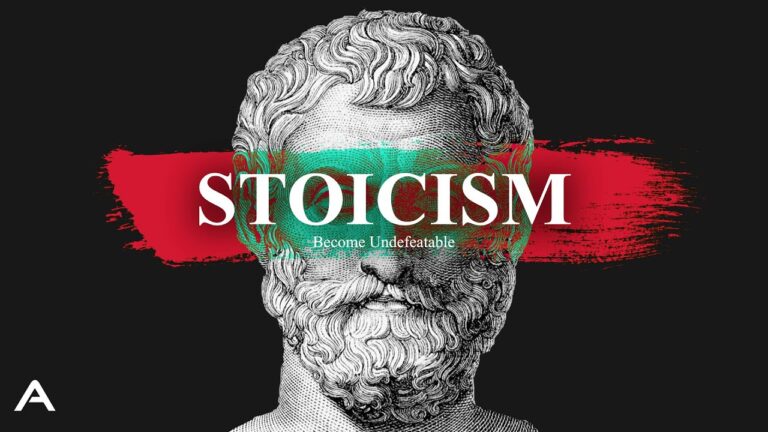Who was Joan of Arc?
Joan of Arc, also known as Jeanne d’Arc, was a French heroine and military leader during the Hundred Years’ War. She was born in 1412 in Domrémy, a village in northeastern France. Joan claimed to have received visions from saints and heard divine voices urging her to support the dauphin, Charles VII, in his quest to reclaim the French throne from the English.
At the age of 17, Joan convinced Charles VII to grant her an audience and gained permission to join the French army. Clad in armor and carrying a banner, she led French troops to several important victories, including the lifting of the siege of Orléans in 1429. Her military success boosted French morale and contributed to the coronation of Charles VII as the rightful King of France.
However, Joan of Arc’s military career was short-lived.
She was captured by the Burgundians in 1430 and sold to the English, who put her on trial for charges including heresy and cross-dressing. Despite Joan’s strong defense during the trial, she was found guilty and burned at the stake in Rouen, France, on May 30, 1431, at the age of 19.
Joan of Arc was put to death primarily due to political and religious reasons. After her capture by the Burgundians in 1430, Joan was sold to the English, who saw her as a significant threat to their rule in France. As a charismatic and successful military leader, she had become a symbol of French resistance and had rallied support for the dauphin, Charles VII.
The English, who were engaged in the Hundred Years’ War with the French, aimed to undermine Joan’s influence and discredit her cause. They orchestrated a trial conducted by an ecclesiastical court that was backed by the English, which accused her of heresy, witchcraft, and cross-dressing. These charges were brought against her to challenge her legitimacy and tarnish her reputation.
Joan’s trial became a platform for political manipulation and religious intolerance. Despite her skillful defense and assertions of divine guidance, the court found her guilty. The motivations behind her execution were multifaceted. Politically, Joan’s military victories had bolstered French morale and threatened English control over France. By executing her, they aimed to undermine her and weaken the legitimacy of Charles VII’s rule.
Religiously, Joan’s claims of divine visions and voices, as well as her defiance of traditional gender roles through her attire, raised suspicion among some church authorities. The court viewed her actions as heresy, leading to her condemnation.
Furthermore, Joan’s execution served as a deterrent to others who might challenge English authority. By burning her at the stake, the English sought to send a clear message that dissent and resistance would be met with severe consequences.
Why was Joan of Arc Put to death?
Joan of Arc was later posthumously exonerated of all charges. She became a symbol of French unity and patriotism and was canonized as a saint by the Catholic Church in 1920. Joan of Arc’s story has since inspired numerous works of literature, art, and film, and she remains an iconic figure in French history.
One lesser-known fact about Joan of Arc is that she was illiterate. Despite her lack of formal education and inability to read or write, Joan possessed remarkable leadership and tactical skills. She relied on her exceptional memory and strong intuition to communicate with others and make strategic decisions on the battlefield. It is believed that she dictated her letters and correspondence to scribes and priests who assisted her.
Additionally, Joan of Arc’s role as a military leader was not limited to leading troops in battle. She played a significant role in military planning and strategy, providing guidance to commanders and advising on military campaigns. Her insights were highly respected by the French military leadership, and she often had a direct impact on military decisions.
It is also worth mentioning that Joan of Arc had a unique fashion style during her time. She was known for wearing men’s clothing, which was unconventional for a woman at that time. Joan justified her choice of clothing by stating that it was necessary for her role as a military leader and for protection during battles. This aspect of her appearance and her insistence on dressing in armor contributed to her mystique and captivated the imagination of those around her.
One lesser-known fact about Joan of Arc is that she was illiterate. Despite her lack of formal education and inability to read or write, Joan possessed remarkable leadership and tactical skills. She relied on her exceptional memory and strong intuition to communicate with others and make strategic decisions on the battlefield. It is believed that she dictated her letters and correspondence to scribes and priests who assisted her.






